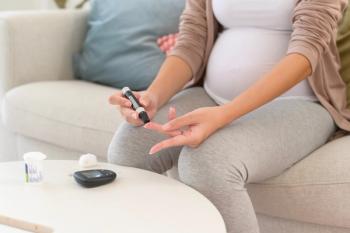
Pharmacists Can Help Heart Failure Patients with Defibrillators
Within a few years of primary prevention defibrillator placement, one-quarter of heart failure (HF) patients show improvements in heart function above the clinical threshold.
Within a few years of primary prevention defibrillator placement, one-quarter of heart failure (HF) patients show improvements in heart function above the clinical threshold that initially qualified them to receive the device.
The researchers who recently derived this conclusion primarily attributed it to the concurrent use of HF medications in patients with implantable cardioverter defibrillators (ICDs). In light of this, senior investigator Alan Cheng, MD, an associate professor of medicine at the Johns Hopkins University School of Medicine, said pharmacists can counsel these patients about their HF medications to ultimately improve their heart function.
“Pharmacists can work closely with patients and their health care providers by ensuring that the current medications are being prescribed and everything is being done to maximize the chances that the patient’s [left ventricular ejection fraction (LVEF)] will improve,” Dr. Cheng told Pharmacy Times in an e-mail. “Developing a close working relationship with patients so that they understand how important HF medications are to their overall health may help reinforce compliance with these potentially life-saving medications.”
Since Dr. Cheng’s research showed that HF medications have a profound effect on a patient’s ICD status, he noted that pharmacists should also ensure that dosages are optimized for each individual patient in order to improve outcomes.
In the study, Dr. Cheng and his colleagues examined more than 500 HF patients with ICDs for primary prevention of sudden cardiac death. During repeated assessments after implantation, the investigators measured changes in LVEF and their effect on subsequent mortality and ICD shocks.
Over an average follow-up period of about 5 years, LVEF decreased in 13% of patients, improved in 40%, and remained unchanged in 47%. One-quarter of patients demonstrated improvement in LVEF above 35%, putting them over the American College of Cardiology and the American Heart Association’s current threshold calling for ICD placement. Additionally, these patients had a 33% lower risk of dying and a 30% lower risk of ICD shocks than those whose heart function remained unchanged.
However, the number of rhythm-restoring device shocks never reached zero in patients with improved LVEF, so they may continue to derive at least some protection from ICDs even as their hearts become less susceptible to fatal rhythms, the researchers noted. Nevertheless, defibrillators can also cause serious complications, so the risk-benefit ratio does shift substantially as heart function improves dramatically.
This study was published in the Journal of the American College of Cardiology.
Newsletter
Stay informed on drug updates, treatment guidelines, and pharmacy practice trends—subscribe to Pharmacy Times for weekly clinical insights.








































































































































































































